Keeping Your Bladder Healthy With Spinal Cord Injury
A spinal cord injury at any level on the spine can cause paralysis, and usually affects the ability to control the bladder. There are a variety of techniques and tools available to manage a neurogenic bladder and prevent unwanted secondary complication and/or illness. You can read my article about How I Manage My Neurogenic Bladder here.
As a recovering quadriplegic with a neurogenic bladder, I would like to briefly explain how the bladder should work, and what to expect post spinal cord injury.
In a normally functioning body, urine flows in one direction down thin tubes called ureters. The ureters connect to the bladder, which is basically a storage bag for pee. This bag does not like pressure! When the bag is full, the pressure inside the bag rises and nerves send a messages through the spinal cord to the brain. The brain then sends the message back down the spinal cord to the bladder, telling the detrusor muscle (the bladder wall) to squeeze, and the sphincter muscle (a valve around the top of the urethra) to relax and open. Urine then flows down the urethra and exits the body.
A spinal cord injury interrupts the body’s normal communication system; messages no longer pass between the bladder muscles and the brain. Both the detrusor and the sphincter may be overactive (spastic – reflex) or under active (flaccid non – reflex) due to lack of brain/body communication.
I live with a neurogenic, overactive detrusor (spastic bladder) that usually contracts/spasms at small volumes and causes high bladder pressures, incontinence, incomplete emptying, and reflux.
A flaccid bladder means that the reflexes of the bladder muscles are slow and/or unresponsive. The bladder can become over-distended, stretched and fill with urine beyond normal capacity (400-600 ml). This stretching can affect the muscle tone of the bladder and function of the urethra. If the urine cannot flow through the urethra, it can result in the urine backing up into the kidneys (called reflux), which can lead to serious complications. That is not something anyone wants!
Both of these neurogenic bladder conditions can cause recurrent bladder infections, stones, hydronephrosis (kidney distention), pyelonephritis (kidney inflammation) infection and renal failure and are the reason for needing a high-quality catheter system. You can find my recommendation for an intermittent catheter here.
By using the right type of catheter, practicing good hygiene, staying hydrated and maintaining a healthy diet and exercise regime, many secondary bladder complications may be avoided and/or significantly reduced.
I hope you find this information helpful! Please comment below or feel free to ask me a question.






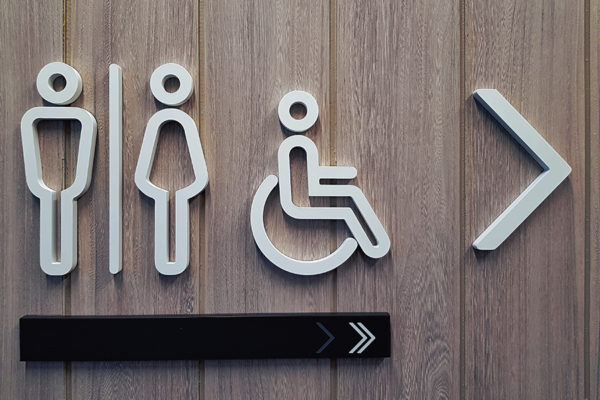


 I have been paralyzed from the waist down since 2013. I’ve been steadily gaining weight since then, and I’m starting to get self-conscious about it, especially since people already stare at me in my wheelchair. What are some exercises, things I can do to help me lose this extra weight?
I have been paralyzed from the waist down since 2013. I’ve been steadily gaining weight since then, and I’m starting to get self-conscious about it, especially since people already stare at me in my wheelchair. What are some exercises, things I can do to help me lose this extra weight?
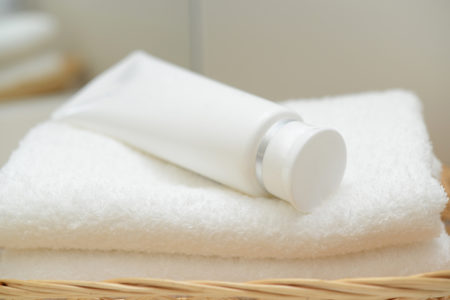

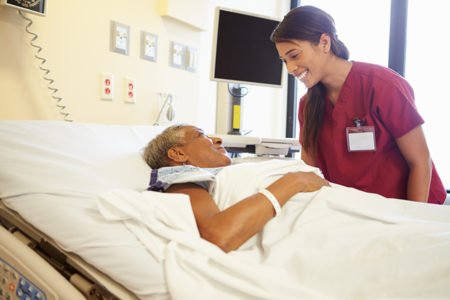
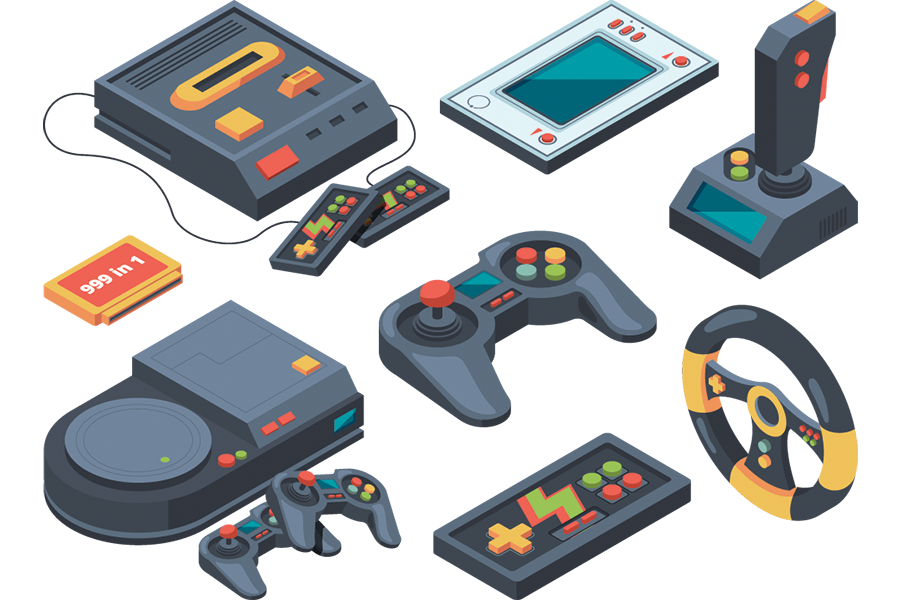
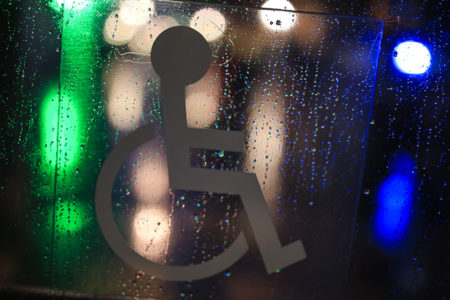
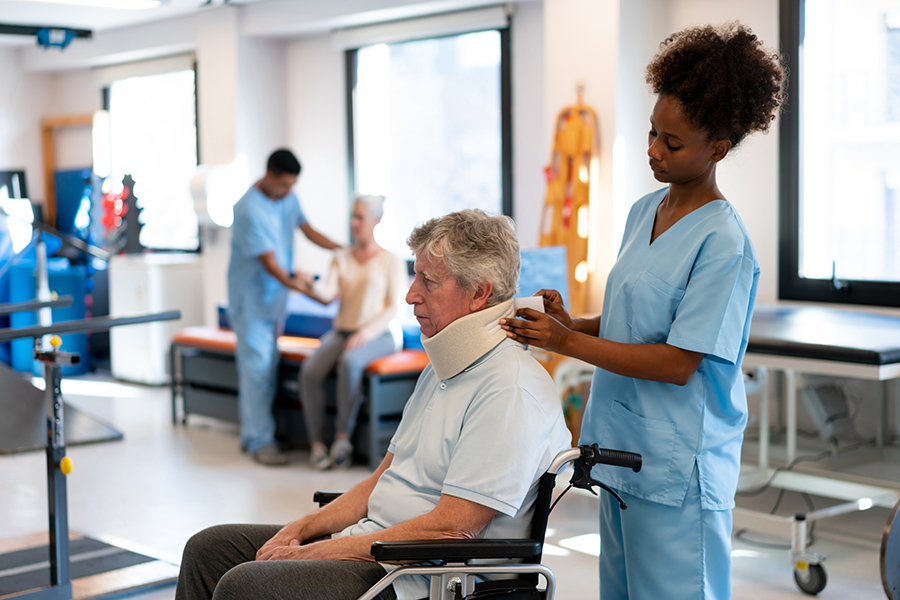

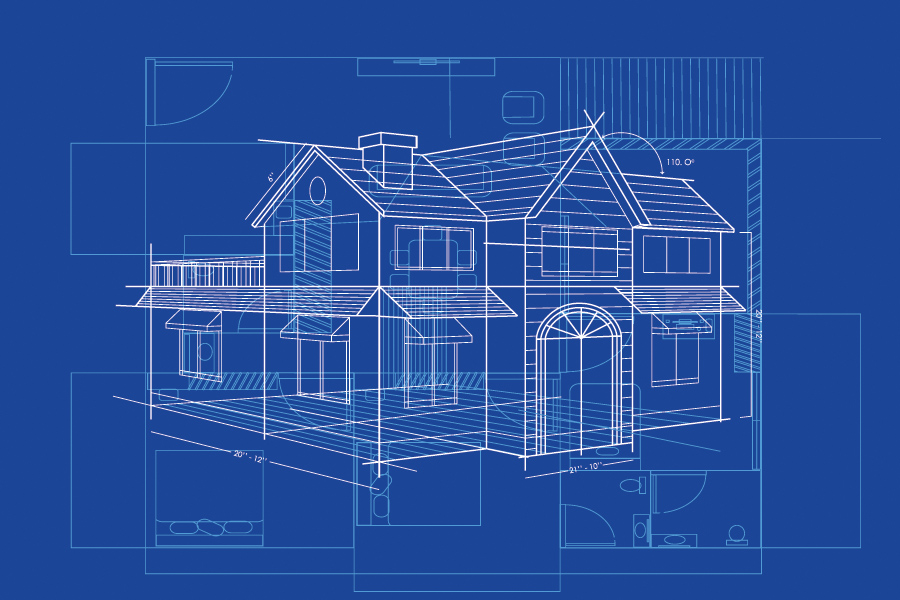
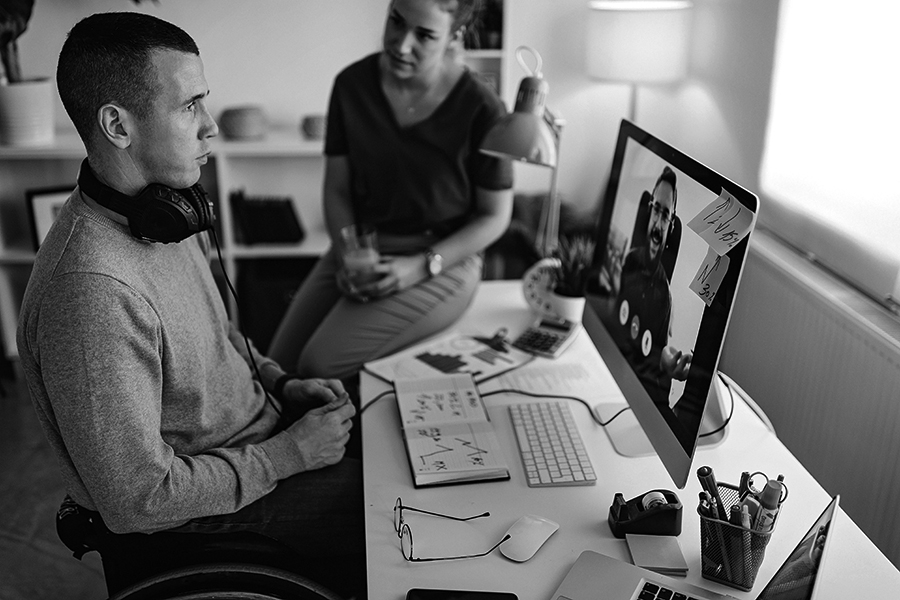


I have spine problem L3,4 &5. I need external cattater or any solution to my problem.
Hi there. You can find more information on external catheters here. Best of luck! -Aimee, Shield HealthCare